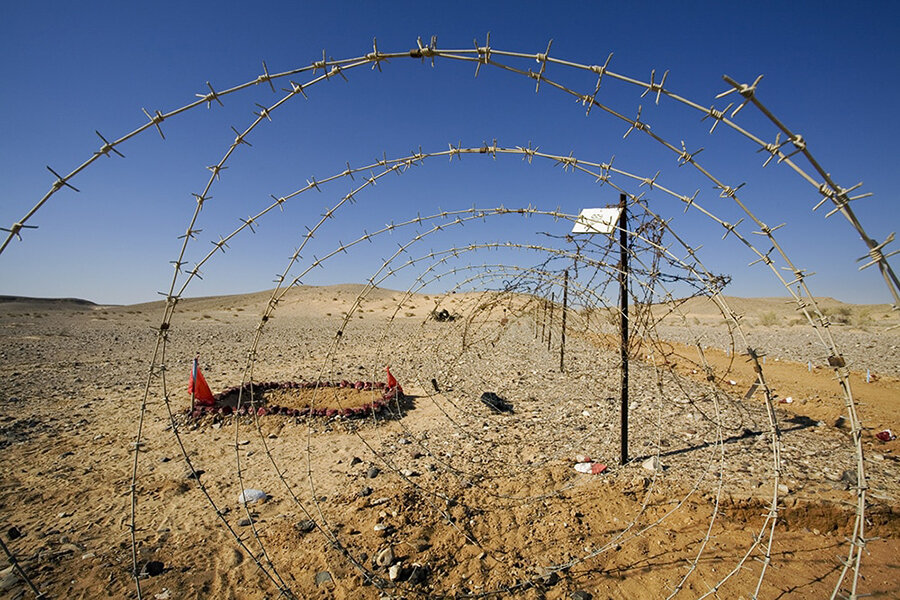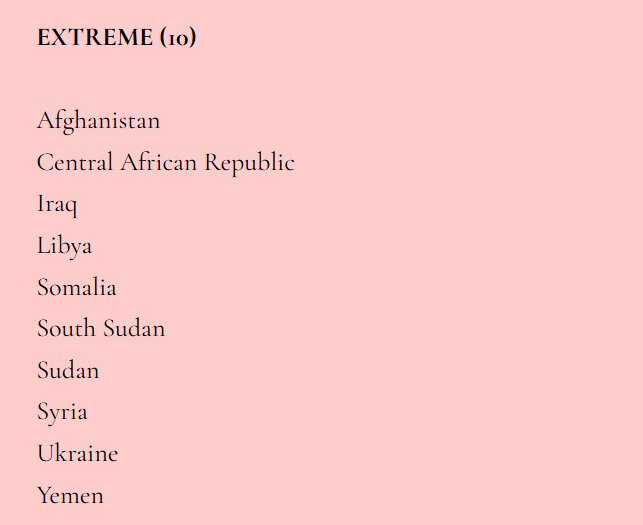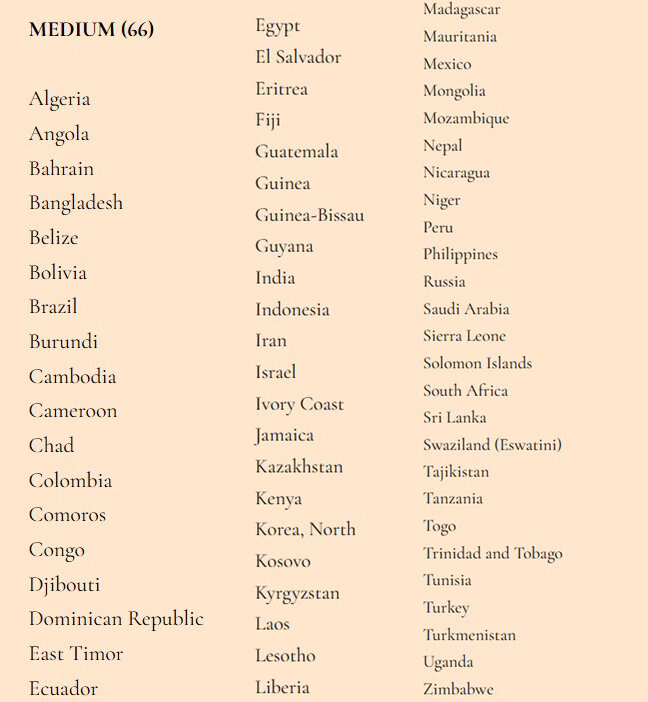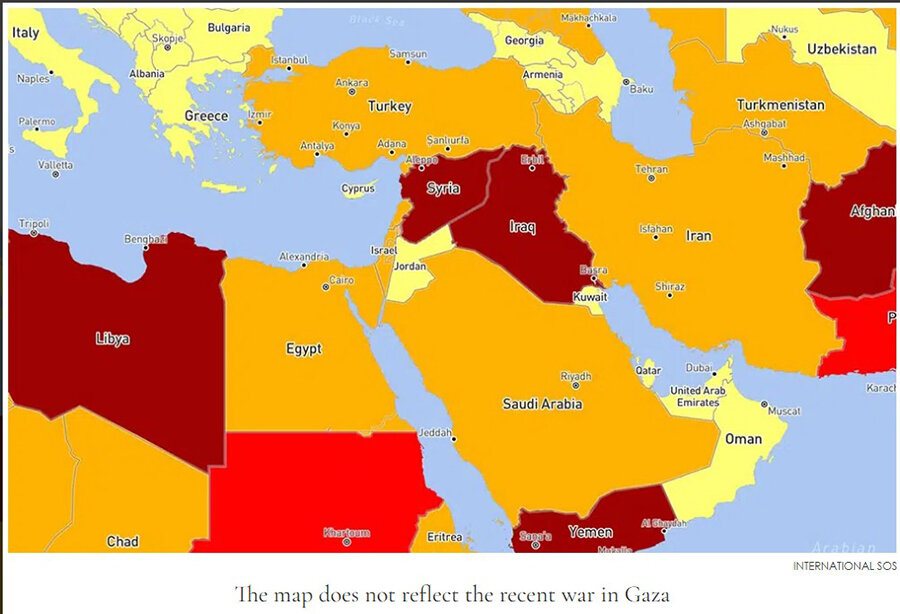читайте также
 Money Transfers to Georgia Increase: USA, Italy and Russia Lead
Money Transfers to Georgia Increase: USA, Italy and Russia Lead
 Londoners no longer want to buy property outside the city
Londoners no longer want to buy property outside the city
 Housing in Bosnia and Herzegovina: prices, yields, and risks in 2025
Housing in Bosnia and Herzegovina: prices, yields, and risks in 2025
 Greece boosts tourism revenues thanks to Germany, the US, and the UK
Greece boosts tourism revenues thanks to Germany, the US, and the UK
 Real Estate Market in Dublin: Key Trends of Q2 2025
Real Estate Market in Dublin: Key Trends of Q2 2025
 Montenegro Residence Permits: New Rules for Obtaining and Renewal – Still in Draft
Montenegro Residence Permits: New Rules for Obtaining and Renewal – Still in Draft

Experts from International SOS have compiled a tourist risk map for 2025, categorizing countries into five levels of risk—from insignificant to extreme. The list of the most dangerous countries to visit is topped by Afghanistan, the Central African Republic (CAR), Iraq, Libya, and Somalia.
Risk Factors
The main threats to travelers include terrorism, unrest, war, and politically motivated riots. Countries with high levels of social unrest, interfaith, communal, and ethnic violence, as well as widespread crime and violence, rank among the most dangerous.
Other factors considered in the assessment include transport infrastructure, security and emergency services availability, and the risk of natural disasters. The map can also be used to evaluate medical risks and road safety standards worldwide.
According to the latest data, extreme security risks are associated with visiting countries such as Afghanistan, the Central African Republic (CAR), Iraq, Libya, Somalia, South Sudan, Sudan, Syria, Ukraine, and Yemen. These countries experience the highest levels of political violence, armed conflict, high crime rates, and social-political instability.

Countries categorized under a high threat level include Burkina Faso, Ethiopia, and Haiti. The same category also includes Honduras, Libya, Mali, Pakistan, and Venezuela.

The medium-risk category includes Algeria, Angola, Bahrain, Bangladesh, and Burundi, among others. The list of 66 medium-risk countries also features Cambodia, Chad, Colombia, and Ecuador. Other countries deemed unsafe include Egypt, India, Indonesia, Iran, Israel, Kazakhstan, North Korea, Mexico, Russia, and Turkey.
Reasons for High Danger Levels
Afghanistan remains one of the most dangerous countries following the Taliban's takeover in 2021. Many foreign governments do not recognize the new regime, and the country continues to face high levels of violence, economic collapse, rising crime, and humanitarian issues.
The Central African Republic (CAR) gained independence in 1960 but has endured decades of conflict and instability, including six coups. Since 2012, the country has faced ongoing political unrest and religious civil war. Despite a unilateral ceasefire declaration by President Faustin-Archange Touadéra in October 2021, conflicts have severely impacted civilians between 2022 and 2023. Heavy clashes between the national army, Russian mercenaries, Rwandan forces, and the Coalition of Patriots for Change (CPC) have resulted in widespread violence and civilian casualties.
Syria and Yemen have been engulfed in civil wars for years, leading to severe humanitarian crises. Millions have been displaced, cities lie in ruins, and armed groups continue to fight for power, making travel to these regions extremely dangerous.
Ukraine remains in an active war zone, resulting in ongoing military actions, economic instability, and infrastructural damage. Many areas pose significant risks for travelers due to missile strikes, land mines, and destroyed roads.
Other countries on the list, such as Libya, Sudan, and South Sudan, suffer from political crises, armed conflicts, and internal instability. These regions frequently experience mass protests, violent clashes with security forces, and attacks on foreigners, making them highly unsafe for tourists.
Traveler Recommendations
When planning trips, it is essential to consider safety rankings and assess potential risks associated with visiting certain countries. Travelers should research the current situation in their destination, review government and international organization travel advisories, and avoid areas with high crime rates or political instability.
Notably, Finland, Norway, Iceland, Sweden, and Greenland are considered the safest countries in the world. These nations have low health risks, minimal crime rates, and high political and social stability. They are excellent destinations for both relaxing and adventure tourism, including hiking, skiing, and exploring natural landmarks.

For those planning to visit high-risk countries, it is crucial to prepare an emergency plan, register with the nearest embassy, and obtain travel insurance that covers medical expenses and potential evacuation. In addition to extreme-risk countries, travelers should exercise heightened caution in regions classified under the high-risk category.





